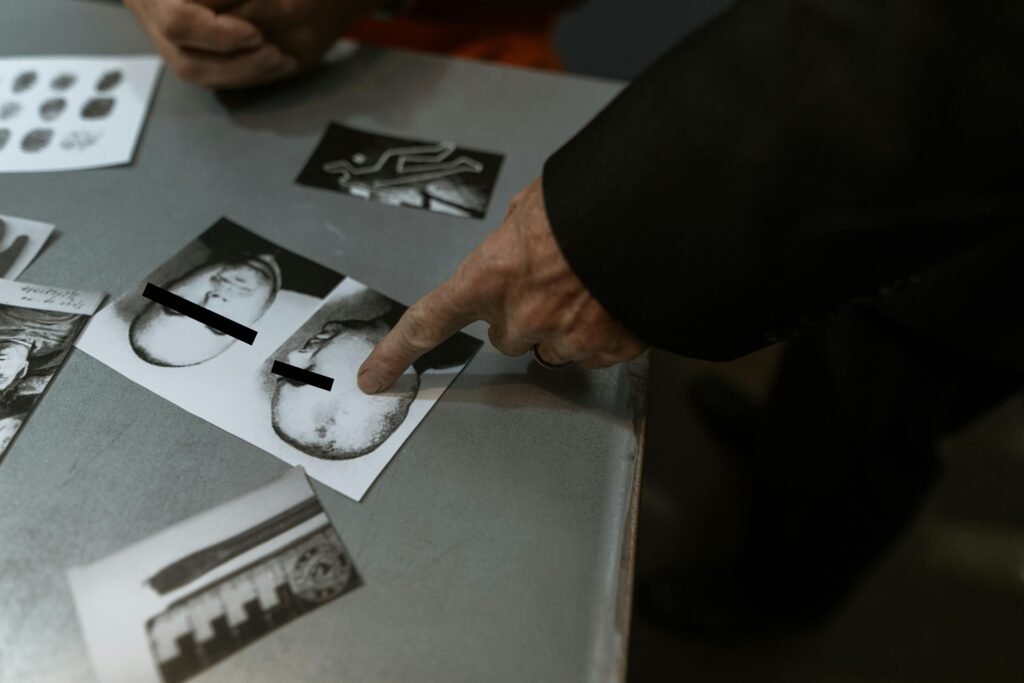Overcoming Writer’s Block: Strategies for Crime Fiction Writers
Overcoming Writer’s Block: Strategies for Crime Fiction Writers The blank page—perhaps the only truly universal adversary that every crime fiction writer must face. While readers encounter murderers, conspiracies, and intricate plots in finished novels, authors often battle a more insidious enemy: writer’s block. This creative paralysis strikes regardless of experience level, publication history, or deadline pressure. Creative blockages can be particularly frustrating for crime fiction writers, who must maintain complex plot structures, character motivations, and carefully calibrated tension. This comprehensive guide explores the unique challenges crime writers face when creativity stalls and offers practical, genre-specific strategies to overcome these obstacles and return to productive writing. Understanding Writer’s Block in the Crime Fiction Context Before addressing solutions, crime writers benefit from understanding how writer’s block manifests specifically within their genre, which often differs from other fiction categories. The Unique Pressure Points for Crime Writers Crime fiction presents distinct challenges that can contribute to creative blockages: Plot Mechanics Complexity: The genre demands intricate cause-and-effect relationships that maintain suspense and plausibility. Investigative Procedure Accuracy: Balancing authentic details with narrative momentum creates particular pressure points. Tension Maintenance: The obligation to sustain reader engagement through carefully calibrated suspense adds a psychological burden. Misdirection Requirements: Crafting effective red herrings and plot twists demands additional creative layers beyond straightforward storytelling. Logic Constraints: Unlike some genres, crime fiction must ultimately adhere to logical frameworks that limit certain creative solutions. These genre-specific demands can transform normal writing challenges into seemingly insurmountable barriers. Common Manifestations of Creative Blockage Writer’s block in crime fiction typically appears in several recognizable forms: Plot Direction Uncertainty: Reaching narrative points where multiple paths exist without clear preference. Plausibility Crises: Recognizing that established elements cannot logically lead to intended outcomes. Character Motivation Gaps: Struggling to justify character behaviors necessary for plot advancement. Research Paralysis: Becoming overwhelmed by technical or procedural details that seem essential for authenticity. Tension Calibration Anxiety: Fearing that pacing decisions undermine the carefully constructed suspense. Recognizing these manifestations helps identify targeted solutions rather than applying generic writing advice. Diagnostic Approaches: Identifying the Source of Your Block Effective treatment begins with an accurate diagnosis. Crime writers can employ specific techniques to identify the underlying causes of their creative stalls. The Scene Dissection Method This analytical approach helps pinpoint exactly where and why forward momentum has stalled. Implementation steps: Current Scene Analysis: Write a paragraph summarizing what the current scene must accomplish. Backward Dependency Mapping: Identify which previously established elements constrain your options. Forward Implication Assessment: List what future scenes will depend on the decisions made here. Constraint vs. Necessity Evaluation: Determine which limitations are genuine plot requirements versus self-imposed restrictions. Precise Problem Identification: Articulate the specific issue in a single sentence, distinguishing between plot, character, pacing, or technical challenges. This structured analysis often reveals that what feels like a general “blockage” is a specific technical problem with identifiable solutions. The Motivation Mapping Technique This approach helps reconnect with the psychological engines driving your narrative when blocks stem from character-driven issues. Implementation steps: Character Objective Documentation: For each major character in the current scenario, explicitly state their immediate goal. Motivation Layering: For each objective, identify the underlying needs or fears driving that goal. Conflict Identification: Pinpoint exactly how these motivations create necessary tension or obstacles. Narrative Function Clarification: Determine each character’s story purpose in this section. Interest Assessment: Honestly evaluate which characters currently engage your curiosity versus feel like obligations. This process often reveals that blockages stem from a loss of connection with character motivations that should be driving the story forward. The Structural Assessment Approach When uncertainty about larger story architecture creates paralysis, this diagnostic helps clarify the forest when you’re lost among the trees. Implementation steps: Current Position Mapping: Identify where the current scene falls within the narrative structure. Structural Purpose Documentation: Articulate what function this section serves in the overall arc. Tension Trajectory Analysis: Map the emotional intensity pattern leading to and following this point. Promise Fulfillment Evaluation: Identify which reader expectations are being developed or satisfied here. Genre Convention Assessment: Consider how this section relates to crime fiction expectations. This process often reveals that blocks stem from losing sight of the scene’s purpose within the larger structural framework. Tactical Solutions for Common Crime Writer Blocks Once you’ve diagnosed the specific nature of your creative block, these targeted techniques address the most common issues crime writers face. Plot Direction Uncertainty When multiple potential paths create decision paralysis, these approaches help restore forward momentum. The Parallel Universe Technique Rather than remaining stuck at a decision point, actively explore multiple possibilities without commitment: Create three distinct narrative versions continuing from your stuck point, writing 500-1000 words each. For each version, document the specific advantages and limitations it creates. Evaluate each option against your core mystery elements and thematic intentions. Select the version that creates the most interesting problems rather than the easiest path. Save alternative versions as potential material for future projects. The Consequence Mapping Method This approach focuses on the domino effects of different choices: Create a consequence chain for each potential direction, extending at least three steps forward. Identify which chain creates the most compelling investigation challenges. Consider which option best serves your primary viewpoint character’s development. Evaluate which direction maintains the most effective red herrings and misdirections. Select the option that best balances predictability and surprise. Plausibility Crises These techniques help maintain credibility and narrative momentum when logical inconsistencies create roadblocks. The Reality Anchor Approach This method grounds fictional elements in sufficient reality to maintain reader trust: Identify the specific credibility gap causing your uncertainty. Research three real-world cases or situations with similarities to your fictional scenario. Extract the psychological or procedural principles that made the real situations possible. Integrate these authentic elements to shore up your fictional construct. When necessary, deliberately acknowledge improbable elements through character recognition rather than ignoring them. The Constraint Conversion Method This technique transforms apparent limitations into story opportunities: List the specific logical constraints that seem to block your intended direction. For each constraint, brainstorm









